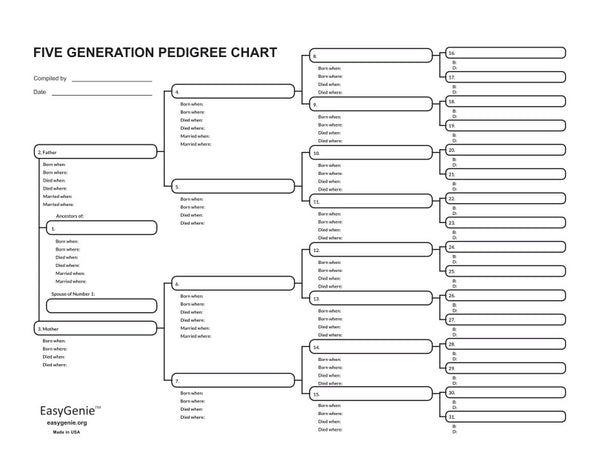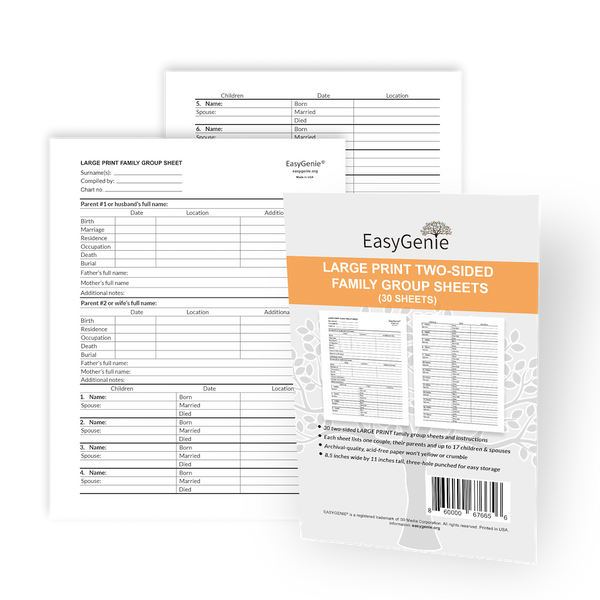
5 tips for reaching out the right way to other genealogists
Ian LamontMany thanks to the many people who responded to our last newsletter, which described a frustrating experience with the FamilySearch unified tree. One reader had this to say:
"It is great that more people are getting interested in knowing about their ancestors and wanting to share it but too many take it too easily and don't understand the need to document -- they just hook their family names onto a tree that has some apparent connection. After numerous attempts to contact people and suggest the correct information for their supposed connection to my family I gave up and stopped having a public tree."
As noted in the last newsletter, public trees sometimes have great information, including records that can't be found online, photos of ancestors, and research that can break down genealogy brick walls.
But, as the reader above stated, it's critical to document findings ... and document them well! That was one of the many things that was so frustrating about the FamilySearch tree entry for "Thomas Scanlan" ... the tree displayed a specific place of birth in Ireland, but there was no source listed!
Why is it so hard to get responses?
The reader brought up another important issue: difficulty connecting with other online contributors, whether it's to the FamilySearch unified tree, an Ancestry public tree, or WikiTree. It's common to reach out to someone who posted important information about a common ancestor. It could be a name on an online tree, a claimed family connection, or even a DNA relationship. Yet, many contributors fail to respond.
Looking at it from the other direction: Yes, it's time-consuming to answer questions from strangers about something that doesn't look right, or hunt down a requested source record.
However, if there is a legitimate question about a particular piece of information, why not answer? Responding to such queries is not only the right thing to do, it can result in improvements to your own tree, or even new records or datapoints that help tell the story of your family.
5 tips for reaching out the right way
If you plan on reaching out to someone for information, here are five pieces of advice:
- Be polite and friendly in your outreach. Quoting Abraham Lincoln, "a drop of honey catches more flies than a gallon of gall."
- Instead of making accusations, ask for clarification. "I'm trying to reconcile the birthplace of my great-great-grandmother Mary Scanlon. Could you tell me more about the source you used in the FamilySearch unified tree?"
- Keep it short. While it's tempting to do a data dump on the recipient, keep it short during the initial outreach. If the other genealogist asks for more information, you can present additional details.
- Mention the importance of the requested information to understanding your family's story. Everyone who loves genealogy understands this, and will be more sympathetic if you present requests for information as a personal request for family research rather than a dry query about an online database.
- Offer information of your own that the other person may appreciate. "I have photos of Mary, as well as a letter she wrote to her nephew in 1886. Would you be interested in copies?"
Here's a bonus tip: Why not include a copy of a filled-in PDF chart of the relevant family to share with the other researcher? Here's what the large print four-generation pedigree chart PDF (fillable) looks like:









